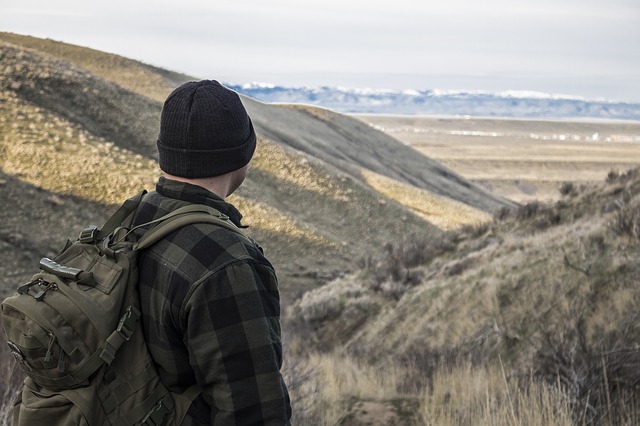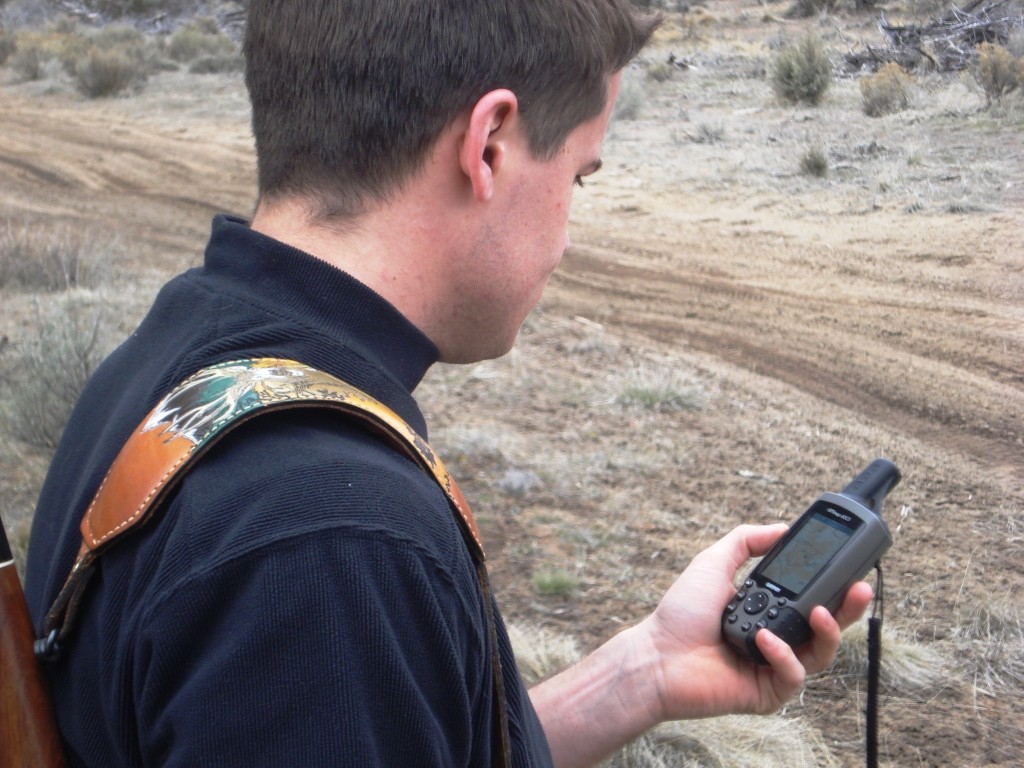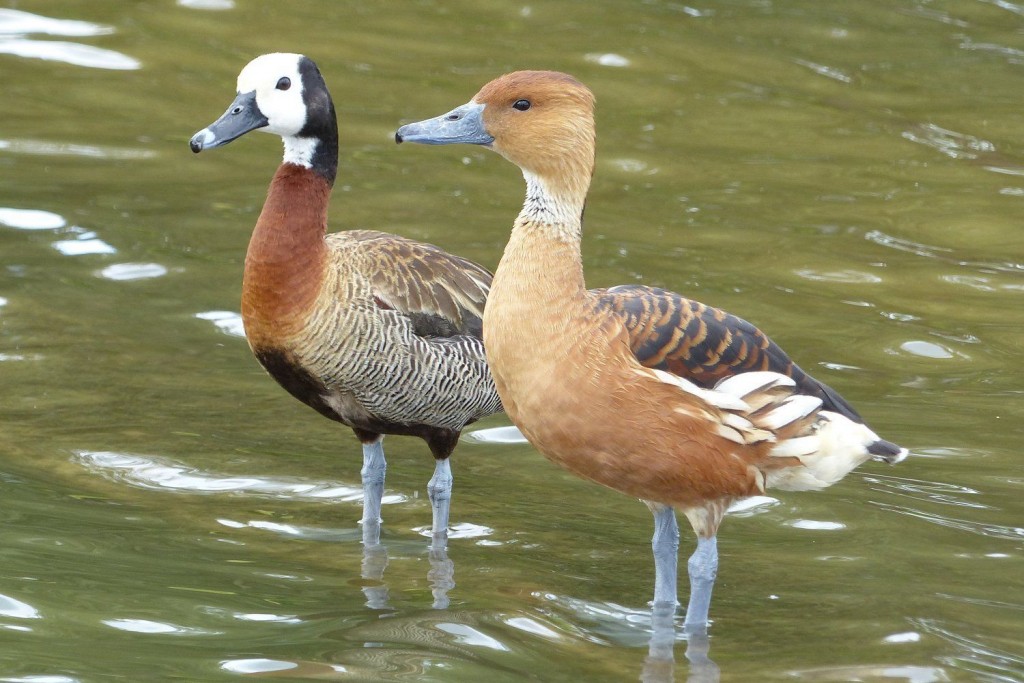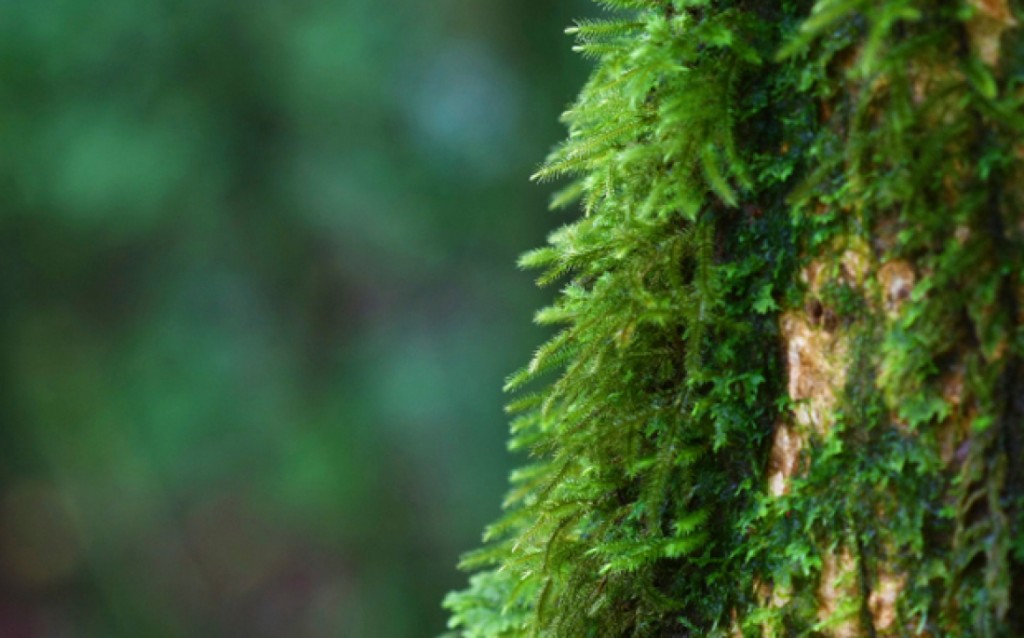
Did you know that getting lost is one of the leading causes of death in the wild? It’s true. Becoming disoriented ranks close to succumbing to an animal attack, injury or getting deathly-ill in the field. This is one of the reasons why it’s so fundamentally important to know how to orient yourself at all times. Unfortunately, many people rely on tips and tricks that can actually make things worse if they lose their bearings. Here are a few examples of common myths to avoid at all costs.
My GPS is Perfect

There’s no doubt that a GPS can be invaluable in the field, both as a locator as well as a map. However, it can get lost. It can get damaged. You can be looking at outdated information. There may be some kind of technical glitch that feeds you the wrong information altogether. There are a million-and-one reasons why GPS units are far from perfect even if they are very useful. Consequently, nothing replaces being able to use basic navigational skills when technology lets you down at the worst possible time.
Can you read a map or compass? Can you tell time by using a couple of sticks? Are you able to determine how many hours of daylight are left by looking at your hand? Do you know how to mark a trail? These are just a few examples of simple and effective ways to orient yourself if your GPS lets you down, and they could end up saving your life.
Follow Birds to Water

One of the most ridiculous myths that I keep hearing about is that we can find water by following birds. First of all, not all birds spend a lot of time near water. Many birds don’t go near water at all. Some birds can fly great distances whereas others cover a small amount of territory during the course of a normal day. Most can be seen flying in any direction for reasons only they understand.
Maybe they’re looking for food. Perhaps they want to find shelter or a place to mate. Maybe they just want to rest in a field or distant tree. If you are looking at birds to direct you toward water, you may end up heading in the completely wrong direction. There are plenty of ways to search for water, but it’s up to you to take the time to learn about these simple tricks instead of believing in this particular myth.
Moss Grows Northward

Another popular myth is that moss only grows on the north side of trees. This couldn’t be further from the truth, and you could end up running around in circles if you ever use this as a way to orient yourself. The reality is that moss can grow in any direction or along any side of a tree. Where it grows depends on the species as well as the local environment. Even if some species orient themselves to a particular direction, it could just as easily be to the east or south instead of the north.
Take time to ground yourself in reality when it comes to developing good navigational skills. You never know when you will need to put them to use, and the last thing you need is to be misled by following bad advice.
